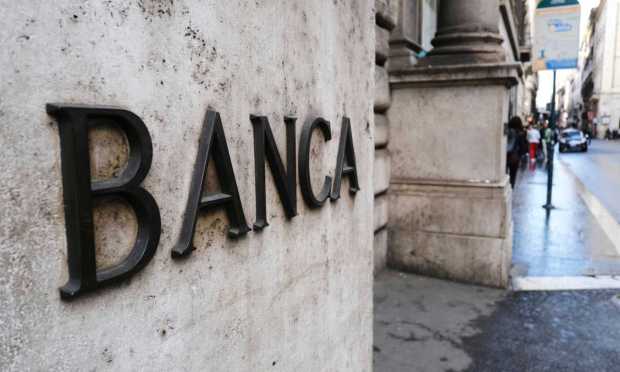Report: Italian Government Easing Merchants’ Digital Payment Woes

The Italian government has backed a plan to lower digital payment fees for retailers.
The measure, part of the country’s 2023 budget, would impose a “solidarity contribution” on banks and payment processors to reduce fees on digital payments for merchants, Reuters reported Wednesday (Dec. 21).
The proposal comes two days after news that Italy’s government had scaled back a proposal to promote cash payments, as PYMNTS reported.
“We intend to eliminate the measure on points of sales,” the Italian economy minister, Giancarlo Giorgetti, said during a testimony on the budget. He added that in its place, some sort of compensatory measures could be rolled out to help shopkeepers with card fees.
Initially, Prime Minister Giorgia Meloni’s government had wanted to ease rules on the use of cash by eliminating fines for merchants that don’t accept card payments below 60 euros. However, after criticism from Italy’s central bank, the government has changed its approach.
Earlier this month, Fabrizio Balassone, head of the structural economic analysis directorate of the Banca d’Italia, testified before the country’s parliament that a cash-heavy Italy could create opportunities for the black economy and tax evasion.
According to Reuters, the government is negotiating with banks, processors and sellers on the latest measure, which would reduce fees on electronic transactions worth up to 30 euros ($31.88) for businesses with annual revenues of up to 400,000 euros.
The government will impose the “solidarity contribution” equivalent to 50% of the net proceeds from fees on transactions of up to 30 euros if banks and business lobbies cannot come to a fee agreement by March, the document seen by Reuters said.
Italy is among Europe’s lowest digital payment adopters, according to figures from the Bank of Italy. The average Italian consumer makes 85 card transactions per year — the fewest in Europe — compared 155.9 per year for the European Union as a whole.
As PYMNTS research has shown, digital engagement in Italy is being hampered somewhat by a generational divide.
Among Italy and the other countries we studied — the U.K., Netherlands, Germany, France, and Spain — the data found a high level of engagement among millennials, slightly lower among Generation Z, and even lower than that among Generation X.